The Earth’s crust is abundant with a diverse array of minerals that have been crucial to human civilization for centuries. From building materials to industrial processes, these minerals play a significant role in various sectors of the global economy. In this article, we will delve into some of the most common minerals found in the Earth’s crust and explore their importance in driving economic growth and technological advancements. 1. Quartz: Quartz is one of the most abundant minerals on Earth, and its importance extends far beyond its sparkling appearance in jewelry. With its unique properties, quartz serves as a fundamental component in numerous industries. It is commonly used in the production of glass, ceramics, electronics, and optical fibers.
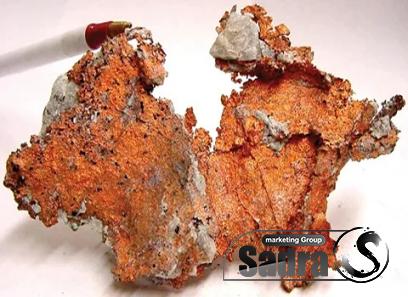
.
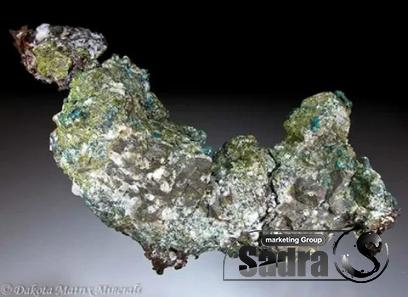 Furthermore, quartz sand is a primary raw material in the manufacturing of solar cells, an essential element in the renewable energy sector. 2. Feldspar: Feldspar is another common mineral found in the Earth’s crust. Composed of aluminum and silica, feldspar’s versatility makes it indispensable to numerous industries. Its usage ranges from glassmaking, ceramics, and pottery to the production of glazes and enamels. Feldspar is also a key component in the manufacturing of porcelain and sanitaryware, contributing to the growth of the construction and home interiors market.
Furthermore, quartz sand is a primary raw material in the manufacturing of solar cells, an essential element in the renewable energy sector. 2. Feldspar: Feldspar is another common mineral found in the Earth’s crust. Composed of aluminum and silica, feldspar’s versatility makes it indispensable to numerous industries. Its usage ranges from glassmaking, ceramics, and pottery to the production of glazes and enamels. Feldspar is also a key component in the manufacturing of porcelain and sanitaryware, contributing to the growth of the construction and home interiors market.
..
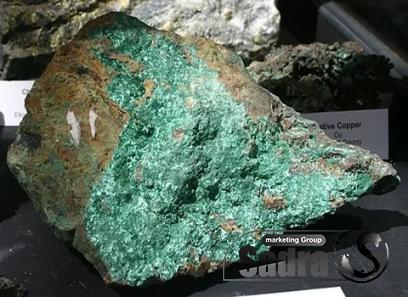 3. Calcite: Calcite is a mineral primarily composed of calcium carbonate and finds extensive utilization in various industries. The construction industry heavily relies on calcite as an essential ingredient in the production of cement and concrete. Moreover, calcite’s unique optical properties make it a key component in the manufacturing of lenses, prisms, and optical instruments. This mineral also plays a significant role in the production of lime, a crucial material used in building infrastructure. 4. Mica: Mica is a versatile mineral widely employed in multiple sectors worldwide. Due to its excellent insulating properties, it is extensively used in the electrical industry, particularly in the production of capacitors and circuit boards. Mica’s heat-resistant qualities also make it an indispensable component in the manufacturing of thermal insulation materials, such as fire-resistant glass for buildings. Additionally, mica is utilized in the cosmetics and automotive industries, further expanding its applications.
3. Calcite: Calcite is a mineral primarily composed of calcium carbonate and finds extensive utilization in various industries. The construction industry heavily relies on calcite as an essential ingredient in the production of cement and concrete. Moreover, calcite’s unique optical properties make it a key component in the manufacturing of lenses, prisms, and optical instruments. This mineral also plays a significant role in the production of lime, a crucial material used in building infrastructure. 4. Mica: Mica is a versatile mineral widely employed in multiple sectors worldwide. Due to its excellent insulating properties, it is extensively used in the electrical industry, particularly in the production of capacitors and circuit boards. Mica’s heat-resistant qualities also make it an indispensable component in the manufacturing of thermal insulation materials, such as fire-resistant glass for buildings. Additionally, mica is utilized in the cosmetics and automotive industries, further expanding its applications.
…
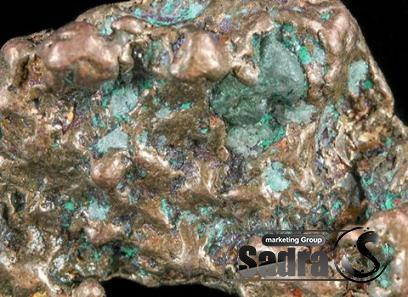 5. Halite: Halite, commonly known as rock salt, is a mineral widely used in various sectors, especially the chemical industry. Its primary application lies in the production of sodium chloride, which finds extensive usage as table salt, de-icing agent, and in the creation of various chemical compounds. Halite is also an essential component in water treatment, animal feed, and industrial processes requiring chlorine and caustic soda production. Conclusion: The Earth’s crust contains an abundance of common minerals that are vital to numerous industries. From quartz’s role in the electronics and solar industry to feldspar’s applications in construction and ceramics, these minerals support economic growth in various sectors. Additionally, calcite, mica, and halite contribute to the development of infrastructure, manufacturing processes, and numerous consumer products. As we harness the potential of these abundant minerals, there are limitless opportunities for innovation and technological advancements that will shape the future of various industries worldwide.
5. Halite: Halite, commonly known as rock salt, is a mineral widely used in various sectors, especially the chemical industry. Its primary application lies in the production of sodium chloride, which finds extensive usage as table salt, de-icing agent, and in the creation of various chemical compounds. Halite is also an essential component in water treatment, animal feed, and industrial processes requiring chlorine and caustic soda production. Conclusion: The Earth’s crust contains an abundance of common minerals that are vital to numerous industries. From quartz’s role in the electronics and solar industry to feldspar’s applications in construction and ceramics, these minerals support economic growth in various sectors. Additionally, calcite, mica, and halite contribute to the development of infrastructure, manufacturing processes, and numerous consumer products. As we harness the potential of these abundant minerals, there are limitless opportunities for innovation and technological advancements that will shape the future of various industries worldwide.
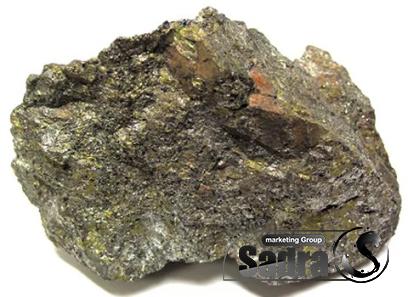
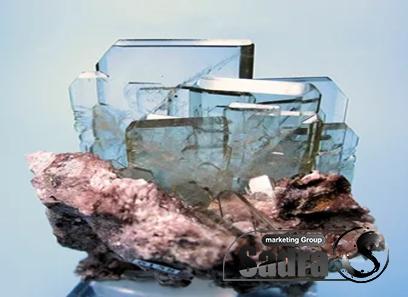
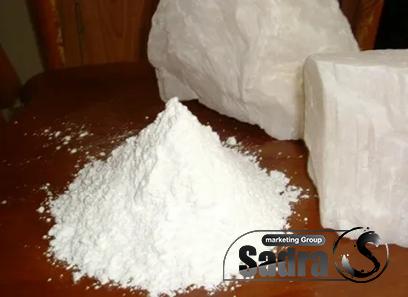
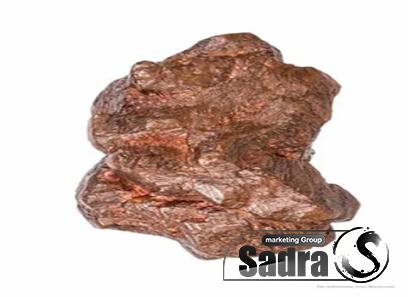
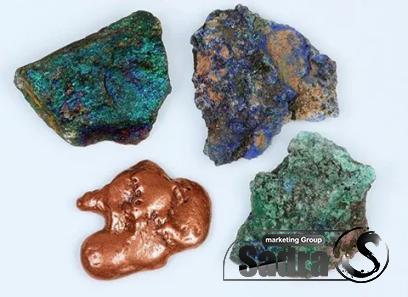

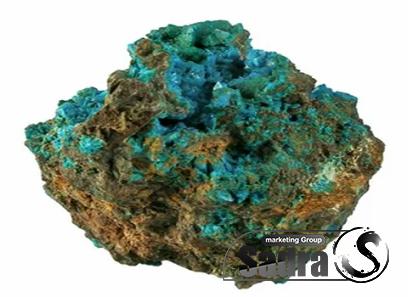
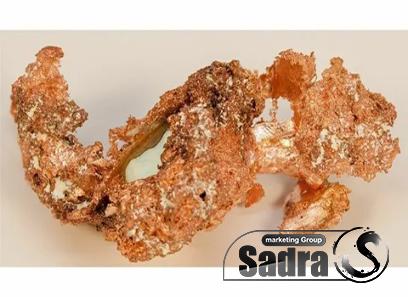
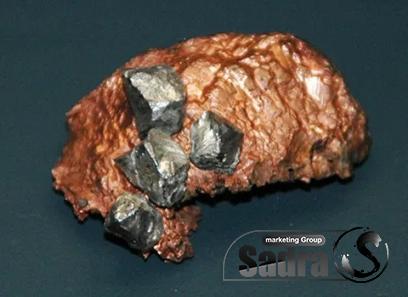
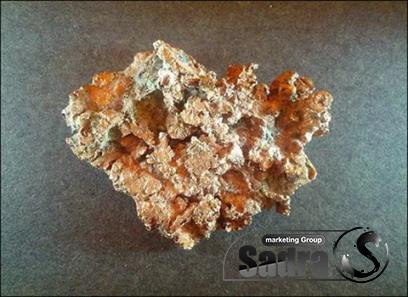
Your comment submitted.